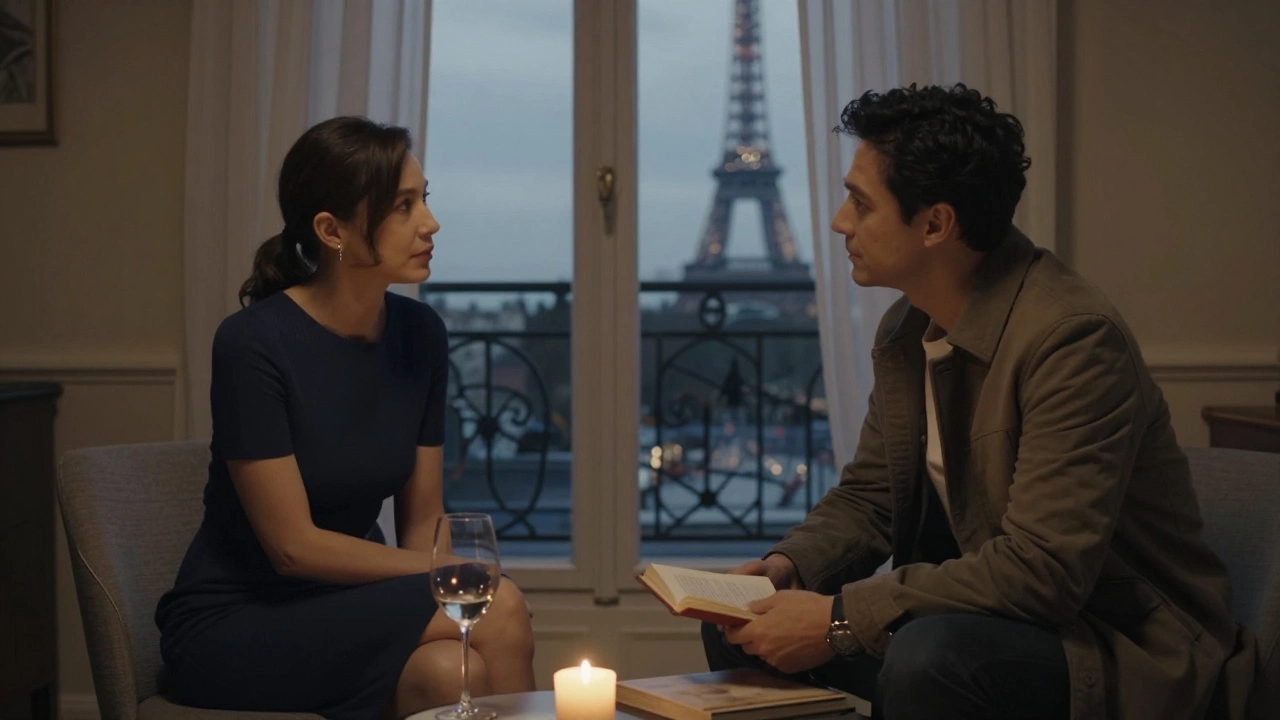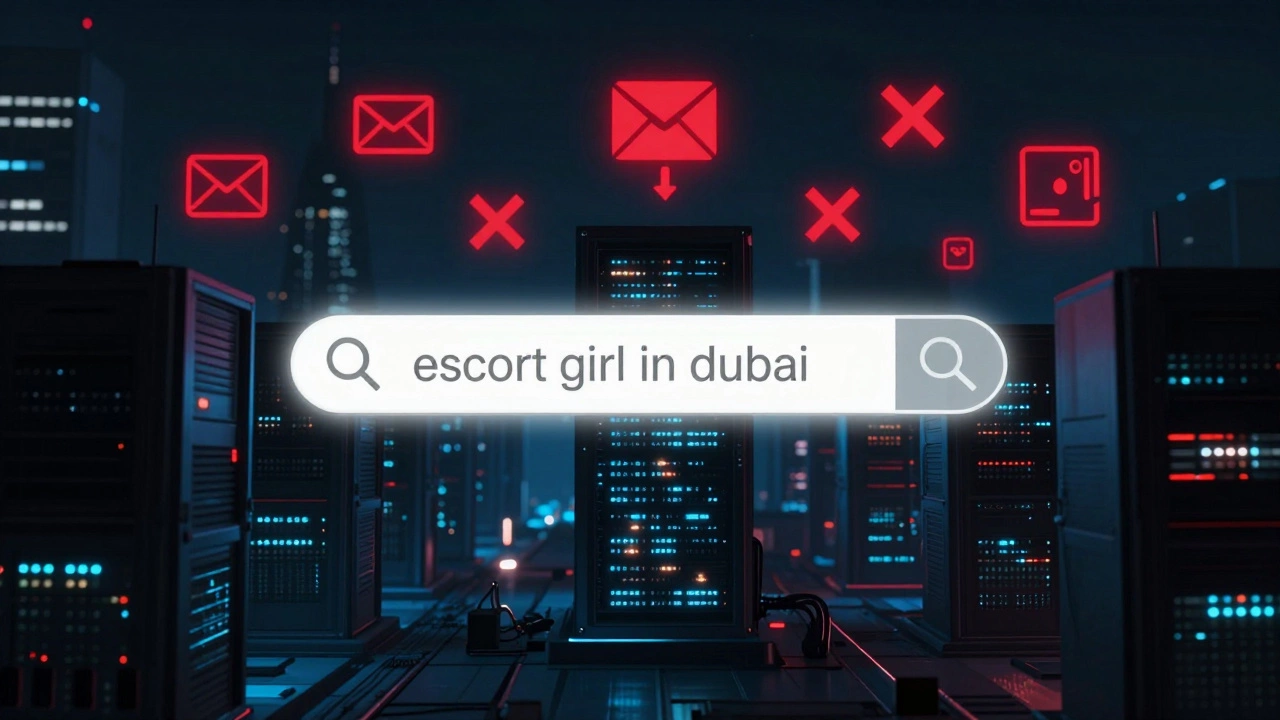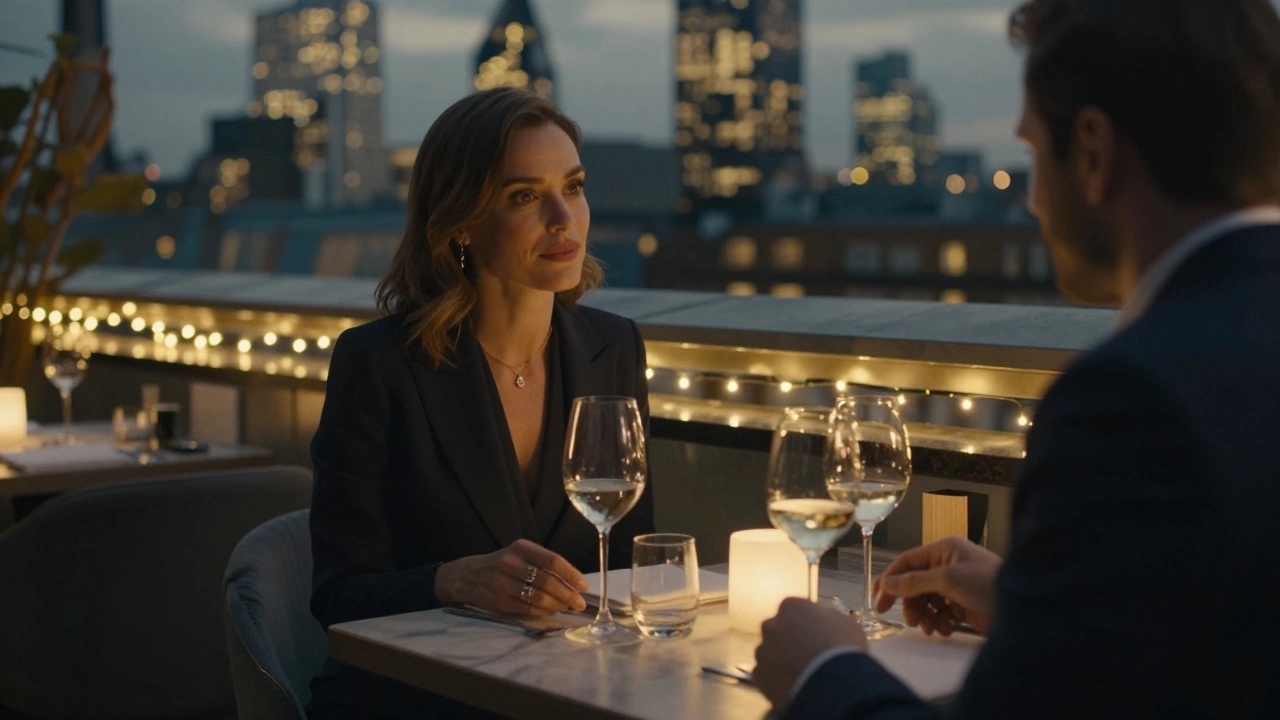When Sean Bean steps into the dim glow of a 1920s speakeasy, cigarette in hand, voice low and gravelly, you don’t just see an actor—you see history breathing. On Tuesday, November 4, 2025, at 9:00 PM UTC, Bean will launch Original Gangsters with Sean BeanUnited Kingdom, a six-part documentary series on Sky History and History Play that digs into the gritty, often mythologized lives of the 20th century’s most feared criminals. The twist? It’s not just about the crimes. It’s about why we still talk about them.
Why Sean Bean? Because He’s Been There Before
It’s no accident that Sean Bean was chosen to front this series. The 65-year-old actor has spent decades playing men on the edge—men who carry guilt, grit, and gravity in their bones. From Boromir’s tragic last stand in The Lord of the Rings to Ned Stark’s chilling fate in Game of Thrones, Bean’s trademark stillness and simmering intensity make him the perfect guide through dark histories. And it’s not just fiction. Just this year, he played Ronnie Phelan, a retired Liverpool crime boss clinging to one last deal in BBC One’s This City Is Ours, which premiered March 23, 2025, and was renewed for a second season in May. Before that, he was Mark Cobden, a lifer in the BAFTA-winning BBC drama Time (2021–2025), a role that earned him critical acclaim alongside Siobhan Finneran and Jodie Whittaker."Who better to front a series delving into some of history’s most infamous characters?" asked Hello Magazine. Fair point. Bean doesn’t just portray criminals—he embodies the weight of their choices. And now, he’s asking the audience: What made them tick?
The Gangsters They’re Unearthing
Each episode of Original Gangsters with Sean Bean dives into a single notorious figure or gang. Episode one focuses on the real Peaky Blinders—not the BBC drama, but the actual Birmingham street gang that terrorized the city from the 1890s through the 1920s. The series features Carl Chinn, the world’s leading expert on Birmingham crime, who helps separate the myth from the machine gun. The gang didn’t wear caps with razor blades sewn in—contrary to pop culture—but they did wield iron-tipped boots and brass knuckles. They ruled alleyways, ran protection rackets, and controlled the city’s illicit trade.Other episodes tackle Al Capone in Prohibition-era Chicago, the Kray twins’ East End empire, and Stephanie St. Clair, the Harlem numbers queen who defied both the mob and the police. Even lesser-known figures like Billy Hill, London’s "Gentleman Gangster," get their due. The series uses cinematic reenactments—shot with period-accurate lighting and costumes—paired with archival photos, police files, and expert testimony.
"We’re not glorifying these people," says producer Sam Pearson, Short Commissioning Social Media for Hearst Networks UK. "We’re trying to understand why their names still echo. Was it power? Fear? Or something more human?" The answer, the series suggests, is all three.

A Discrepancy in the Numbers
There’s confusion over the episode count. Digital Spy reports six one-hour episodes. Radio Times and Hello Magazine say four. Sky hasn’t clarified. It’s odd—especially for a network that prides itself on precision. But it’s not unusual in the age of digital-first commissions, where platforms sometimes release content in staggered batches. Could it be that two episodes will drop as digital exclusives on History Play? Or that the series was originally planned as six and trimmed? The truth remains unclear. What isn’t in doubt: the production quality. The reenactments are cinematic, the sound design immersive, and Bean’s narration—delivered with the cadence of a man who’s seen too much—is hauntingly effective.Why This Matters Now
In an era where true crime dominates streaming platforms, Original Gangsters with Sean Bean stands apart. It doesn’t sensationalize. It contextualizes. The Kray twins didn’t just kill—they controlled a city’s underworld while being celebrated in pubs and nightclubs. Al Capone wasn’t just a mob boss—he was a product of a broken system, a man who filled a vacuum left by Prohibition. The series doesn’t excuse their actions. It asks: What allowed them to rise?And that’s the real hook. The show arrives as cities across the UK and US grapple with rising organized crime, youth recruitment into gangs, and the romanticization of criminal figures in media. Peaky Blinders the TV show has millions of fans. But how many know the real Tommy Shelby was a composite? How many realize the real Peaky Blinders were mostly teenagers? This series turns pop culture into history lessons.

What’s Next for Sky History?
This isn’t just a show. It’s a strategy. Sky History has been quietly building a catalog of celebrity-fronted documentaries since 2023—hosted by historians, actors, even comedians—to attract younger audiences to factual content. Sam Pearson called it "a distinctive perspective on the past." And with Original Gangsters, they’ve found a formula: star power + deep research + emotional storytelling.Bean’s involvement is the linchpin. He’s not a presenter. He’s a witness. And in a world where history feels increasingly abstract, his voice—rough, weary, real—makes it tangible.
Frequently Asked Questions
Who are the real Peaky Blinders, and how do they differ from the TV show?
The real Peaky Blinders were a street gang based in Birmingham, active from the 1890s to the 1920s. Unlike the TV series, they didn’t wear razor-blade-tipped caps or operate as a tightly organized syndicate. Most members were teenagers from working-class families, involved in petty theft, protection rackets, and street brawls. Historian Carl Chinn confirms their influence was local, not national, and their legacy was built more on fear than financial empire.
Why is Sean Bean the right person to host this series?
Bean has spent his career portraying morally complex, often doomed men—Ned Stark, Boromir, Ronnie Phelan, Mark Cobden. His voice carries gravitas without melodrama, and his physical presence evokes authority and weariness. Producers chose him not for fame, but for his ability to make audiences feel the weight of history, not just observe it. He doesn’t narrate—he reflects.
What’s the difference between this series and other true crime documentaries?
Most true crime focuses on shock value or unresolved mysteries. Original Gangsters is historical anthropology. It uses reenactments not for spectacle, but to reconstruct social conditions—poverty, policing, immigration—that enabled these figures to thrive. It’s less about "who did what" and more about "why they were allowed to." The tone is academic, but never dry.
Is there a confirmed episode count, and why the confusion?
Sources conflict: Digital Spy says six episodes, Radio Times and Hello Magazine say four. Sky History hasn’t clarified. This ambiguity is likely due to the series’ digital-first rollout—some episodes may debut on History Play as exclusives before airing on Sky History. It’s a common tactic for streaming-focused networks to manage audience pacing and platform engagement.
How accurate are the reenactments?
The production team worked closely with historians, including Carl Chinn and experts from the National Archives, to ensure costumes, locations, and dialogue reflect period authenticity. While some dialogue is dramatized for flow, key events—like Billy Hill’s rise in post-war London or the Krays’ control of nightclubs—are based on police records, court transcripts, and eyewitness accounts. No major claims are made without sourcing.
Will there be a second season?
Sky hasn’t announced renewal, but the series fits their growing strategy of celebrity-led historical content. If ratings mirror the success of Time and This City Is Ours—both critically acclaimed with strong viewer retention—a second season is likely. Potential subjects could include Al Capone’s rivals, the Chicago Outfit, or even female crime bosses like Madam C.J. Walker’s lesser-known underworld connections.



